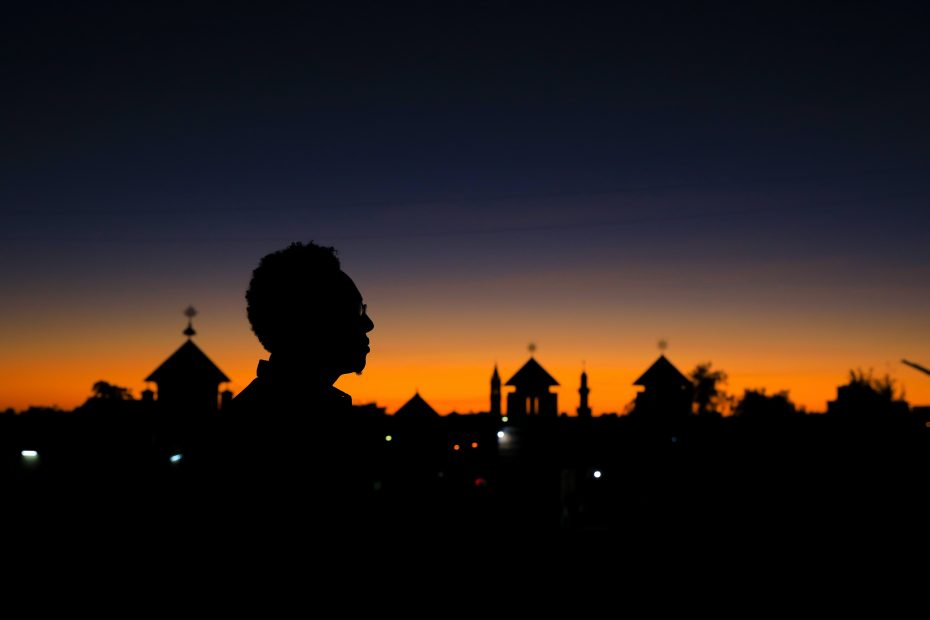Table of Contents
Introduction
Nestled in the Horn of Africa along the Red Sea coast, Eritrea remains one of the continent’s hidden gems. The diverse landscapes of the Eritrean highlands offer visitors spectacular vistas and breathtaking natural beauty unlike anywhere else in Africa. With its rolling green hills, rugged mountains, and temperate climate, the region promises unforgettable adventures and insights into the rich culture of Eritrea.
Reasons to Visit the Eritrean Highlands
The primary draw of the Eritrean highlands is the pristine natural environments that have remained relatively untouched from modern development. As tourism infrastructure remains limited, you can discover remote villages, explore uncharted hiking trails, and observe wildlife in their natural habitats.
In addition to the stunning scenery, the biodiversity of the region is exceptional. Rare and endemic animal species like the African wild ass and Nubian ibex are at home in the highlands. Vast flocks of migrating birds stop by the plateaus and wetlands. The Rift Valley escarpment also harbors many unique plant species.
Beyond nature, the highland people have preserved their ancient customs and traditions relatively unchanged. This provides a window into the vibrant mosaic of Eritrea’s nine ethnic groups and six main languages. The cultural experiences are sure to leave a lasting impression.
Main Attractions and Sights
No trip to the Eritrean highlands is complete without visiting the modernist capital of Asmara. The city’s colonial Italian architecture has earned it UNESCO World Heritage status. Beyond Asmara, Keren is a hub of arts and culture. The bustling port city of Massawa offers a contrasting historical experience.
For outdoor adventures, the Dahlak Islands provide superb diving and snorkeling in coral reefs. Escaping to the tranquil Debre Bizen Monastery allows you to experience the daily routine of monks. Soak up Eritrea’s war history at Nakfa, today a simple market town.
Exploring the Breathtaking Terrain
The opportunities for outdoor activities across the varied landscapes seem endless. Hiking through villages and terraced farmlands presents views of rural life. Challenging trekking routes wind up to monastery cliffsides and mountain summits.
Mountain biking the rugged terrain or casual bird watching in wetlands and forests promise days filled with new discoveries. With proper preparations, off-the-beaten-path adventures abound in this country still establishing itself on the tourist map.
The People and Culture
The highlands are home to Eritrea’s mosaic of ethnic and linguistic groups. The dominant Tigrinya people share ties with Ethiopia’s Tigray region. Travelers find a warm welcome in the region’s small villages characterized by people living traditional lifestyles.
Local cuisines reflect the diversity of the population. Berbere spice mixes flavor many dishes. Sourdough injera bread made from the teff grain accompanies vegetarian curries and stews. Italian influences also impact the foods, especially in Asmara.
Arts, crafts and music vary between the ethnic groups. Tigre tribes are known for their silver jewelry, while the Bilen make woven straw products. Traditional folk music features stringed kebero drums.
Planning Your Trip
The cooler months from October to April are ideal for exploring the central highlands. Rains can make travel challenging during the summer. Shared taxis connect major towns, while buses run infrequently between villages. Asmara and Keren offer basic hotels, or you can stay in community guesthouses. Carry cash and be cautious when photographing sensitive military zones near borders.
Above all, tread respectfully and travel with an open mind to fully experience the untouched natural beauty and welcoming people that make the Eritrean highlands so memorable.
Conclusion
For travelers seeking unspoiled natural landscapes and meaningful cultural encounters, the soaring mountains and rolling hills of the Eritrean highlands deliver. As one of Africa’s last off-the-radar destinations, adventures here feel truly authentic. Witnessing the captivating terrain and biodiversity, escaping to historic monasteries, and engaging with the region’s ethnic diversity promise an unforgettable voyage. With minimal tourism infrastructure, intelligent preparation and an adventurous spirit equip you to traverse this untamed treasure in the Horn of Africa.
FAQs
What is the best time of year to visit the Eritrean highlands?
The cooler dry season from October to April is ideal. The summer rainy season can make travel more difficult.
What languages are spoken in the highlands?
Tigrinya is most common, along with other languages like Tigre, Saho, Bilen, and Kunama. English is not widely spoken outside of cities.
What types of accommodations are available?
Options range from hotels in Asmara and Keren to basic guesthouses in villages. Camping is also possible in some areas.
How do I get around the highlands?
Shared taxis connect major towns. Buses are infrequent. Consider hiring a guide with a 4×4 vehicle for remote regions.
Is it safe to travel in Eritrea?
Eritrea is generally safe, but use common sense precautions. Avoid border areas and photographing military sites. Travel permits are needed for some regions.
